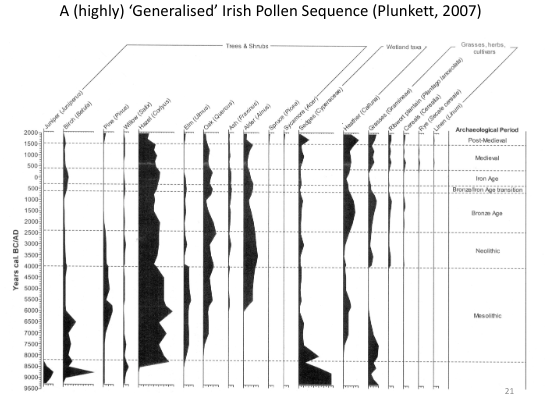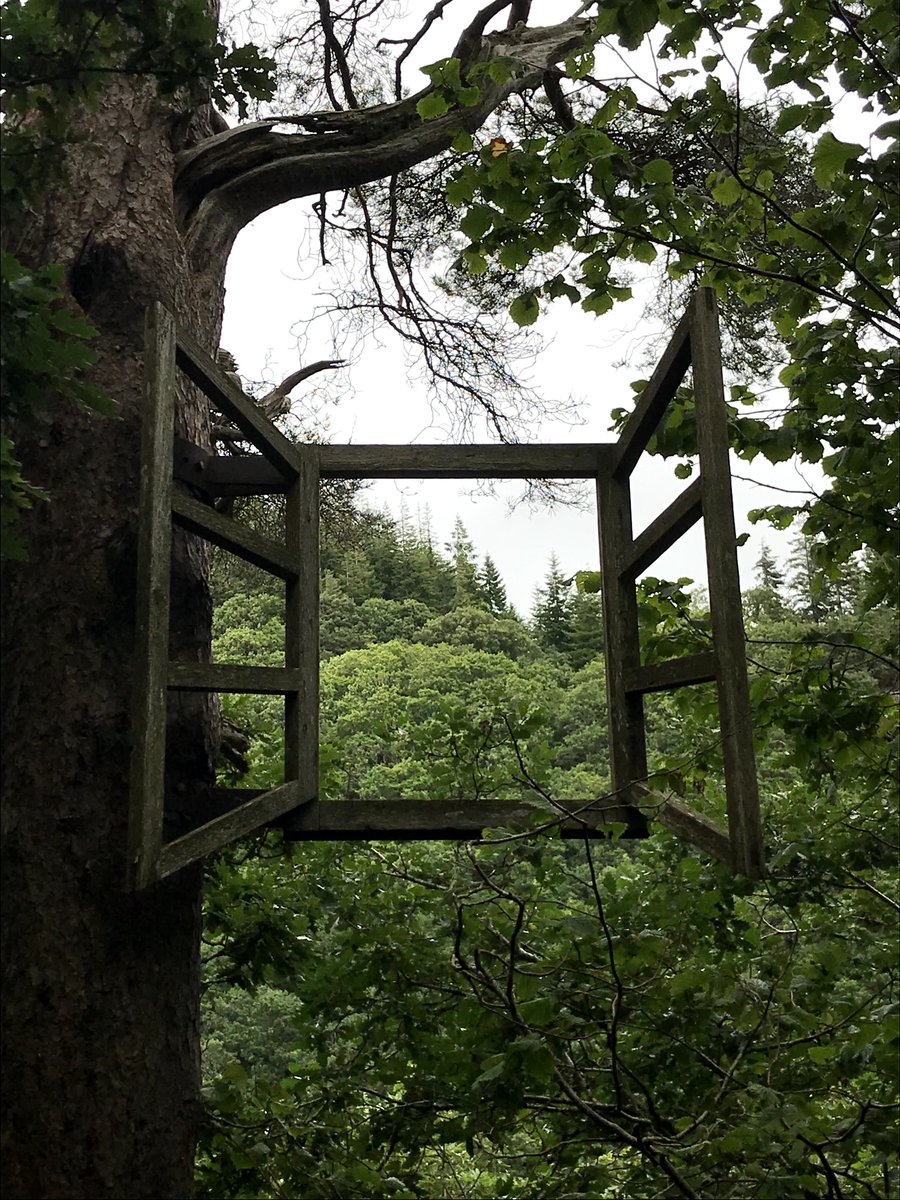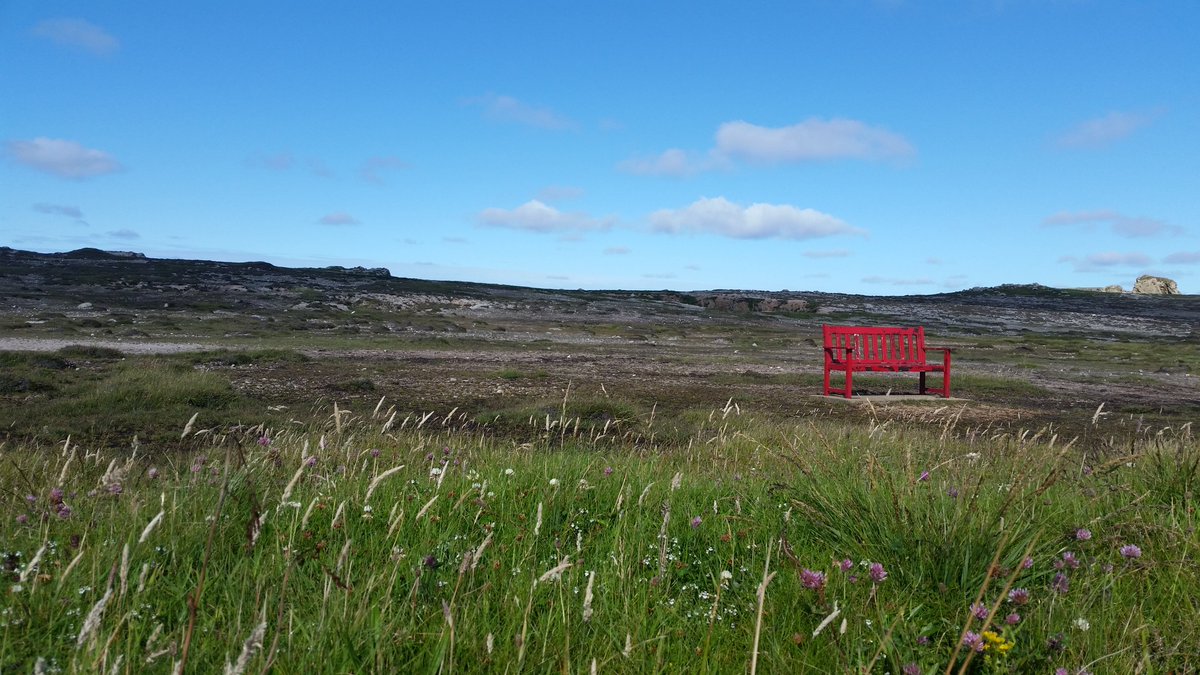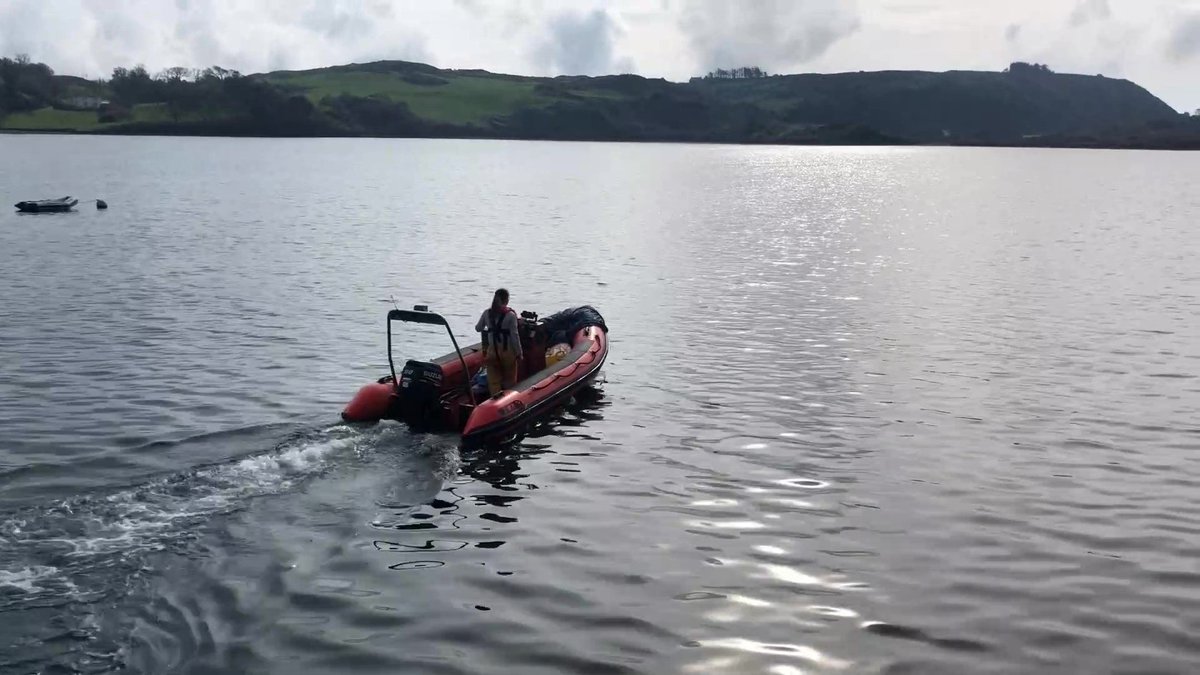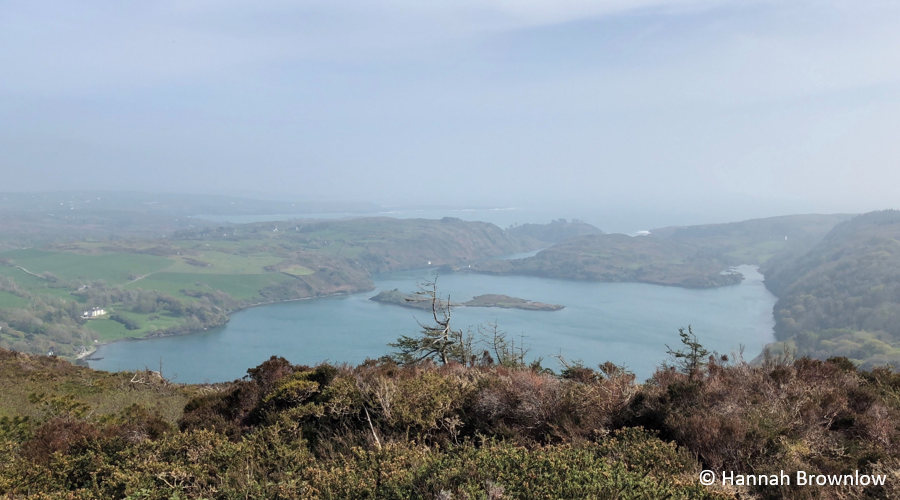
1/Friday we made it! We saw briefly/incompletely how #pollen #beetles preserved in #peat can shed light on long term #ecological change. There are other 'proxies' + the #peatland #archaeological record, esp rich in 🇮🇪, a remarkable 'archive' of past people/environments/climate 

2/#Peat is remarkable for so many reasons, long regarded as of little 'use', now known to be an #ecosystem 'superstar' (TBD further tomorrow!) key for preservation of #Palaeoenvironmental + #Archaeological record. Photo: woody fen peat in auger @Calum_Sweeney_ @EcomuseumsLive 

3/In this sense, we can think of #Peatlands as representing an intersection between how we understand long term #ecological change, #ClimateChange, human activity/impact + data key for #Conservation #Rehabilitation #Restoration of #Ecosystems Image 1: From Book Image 2! 



4/The term 'Long Term Ecological data' (LTE >50 yrs) has been coined to describe #Palaeoenvironmental data @PalyAlly @DrMJBunting + colleagues @BES_Palaeo done much work on practical interface w/#ecology #conservation but as yet less in 🇮🇪 but much potential!
• • •
Missing some Tweet in this thread? You can try to
force a refresh







